
Heart disease is the leading cause of death globally – with more than 30% of disease-related deaths. Commonly held beliefs are that heart disease stems from smoking, lack of exercise, alcohol consumption, cholesterol levels, and obesity. These are all relevant factors, but one significant factor – insulin resistance – has garnered little attention. The truth is insulin resistance is the main piece of the puzzle! Where cardiovascular disease goes, insulin resistance does too. They’re practically inseparable.
Heart disease is a big topic, so in this article, we are just going to talk about hypertension, specifically the connection between Insulin Resistance and Hypertension. According to the CDC, nearly 50% of the adult population (over 20 years old).
Let’s next briefly discuss insulin resistance, because most people associate insulin only with diabetes. Insulin is a hormone that is produced by the pancreas (in everyone except Type 1 Diabetics) that is used throughout the body in metabolic processes (among many other functions). In short, insulin tells the body what to do with incoming energy (namely glucose) – convert it to glycogen (stored form of glucose), convert it to triglycerides (stored form of fat), or burn it for energy needs (exercise, cognition, etc.).
When tissues in the body become insulin resistant, they are less sensitive to the presence of insulin. This ultimately means the body is less able to handle incoming energy and will produce more and more insulin. When both higher insulin levels and reduced sensitivity to insulin are present – insulin resistance has occurred. Most people have insulin resistance and high levels of insulin for many years (even decades) without knowing it.
Hypertension
People with high blood pressure have significantly higher risks of developing other heart disease conditions because as the pressure in the blood vessels increases, the heart has to continually work harder to push blood throughout the body. Over time, this strains the heart and can lead to heart failure.
Many people have been told to lay off sodium if they have hypertension. Turns out, the vast majority of people do not have any increased blood pressure from salt intake. Those who are affected by salt intake are considered “salt-sensitive hypertensives”.
Insulin Resistance and Hypertension
Medical professionals have found an inextricable link between those with hypertension and those with insulin resistance. What research is now coming to find is that insulin resistance and high insulin levels cause hypertension. Often hypertension is the first diagnosis – and it should tell us all that insulin resistance is present. In reality, insulin resistance should be identified sooner! A simple fasting insulin test can tell you a lot about your current state.
- Insulin increases the production and release of another hormone called aldosterone from the adrenal glands. Aldosterone functions in the body to regulate sodium and water balance – specifically telling the body to hold onto sodium, reabsorbing it into the blood instead of excreting it via urine. When you retain more sodium, you also retain more water. Where sodium goes, water follows. When water is retained, blood volume goes up – and therefore blood pressure goes up. In a healthy state, the body should sense salt coming in and turn off aldosterone production. In an insulin-resistant state, aldosterone is increased.
- Hypertension can also stem from the thickening of the blood vessel walls. Insulin is an anabolic hormone – or one that stimulates growth. When excess insulin is present in the blood, the inner lining of the blood vessels get the signal to grow, narrowing the vessels.
- Healthy blood vessels should be able to dilate and contract as needed to raise and lower blood pressure. When the blood vessels dilate, blood pressure drops. One of the main triggers for blood vessel dilation is nitric oxide (NO) which is produced by the cells that line the blood vessels. The NO relaxes the muscles of the blood vessels, increasing the diameter. Over time with high levels of insulin in the blood, the cells become less responsive to insulin’s stimulation of NO production – thereby preventing this dilation.
- When in a stressed state, the body naturally increases blood pressure during the “fight or flight” response. This is a good thing in the moment, helping ensure blood flow throughout the body, especially the muscles. High levels of insulin also activate this process, even outside of a stress response – chronically elevating blood pressure.
- LDL cholesterol has become a villain for several decades – but it’s not a simple story. There are two main patterns of LDL – pattern A and pattern B. Pattern A is large buoyant molecules (think beachball) and pattern B is small dense molecules (think golfball). The large, fluffy A molecules float in the blood smoothly. The smaller B molecules can sink into the vessel walls, contributing the plaque formation. Insulin resistance also drives the body to produce the more dangerous pattern B LDL.
If you have hypertension – the extreme likelihood is you also have insulin resistance (and likely had insulin resistance first). The great news is insulin resistance can be reversed through diet and lifestyle modifications – and with it, hypertension is often reversed!
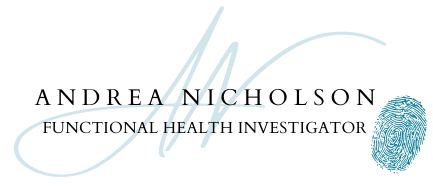


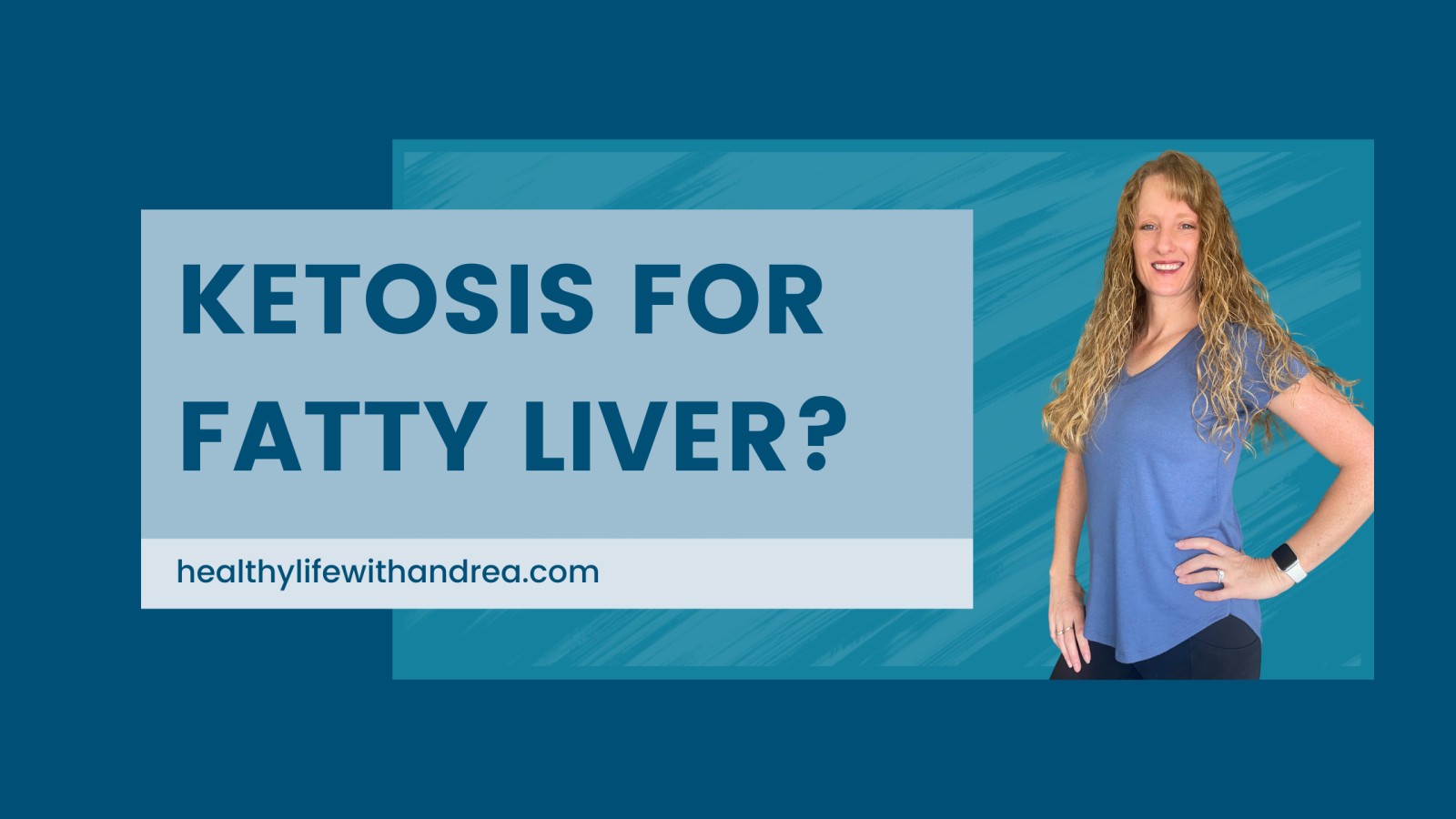
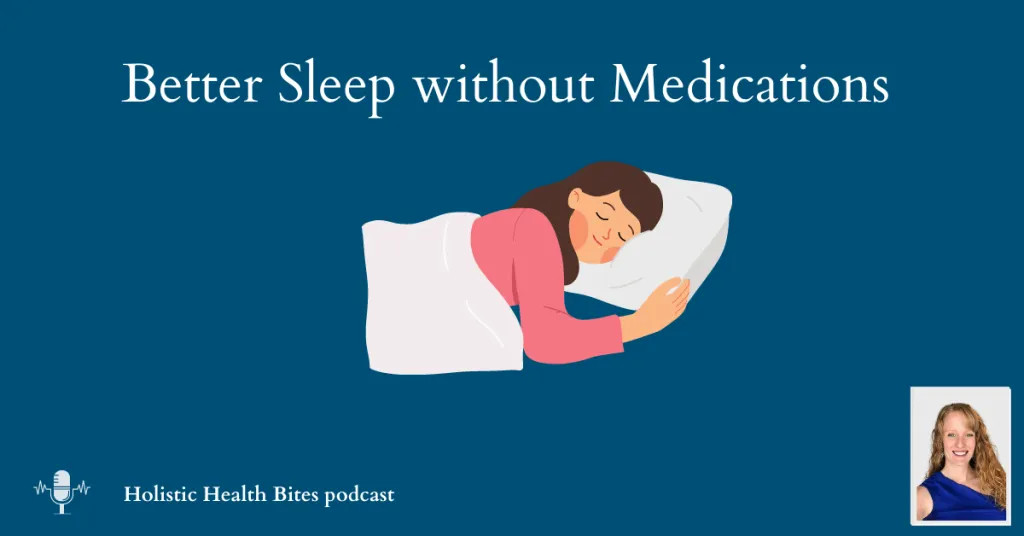

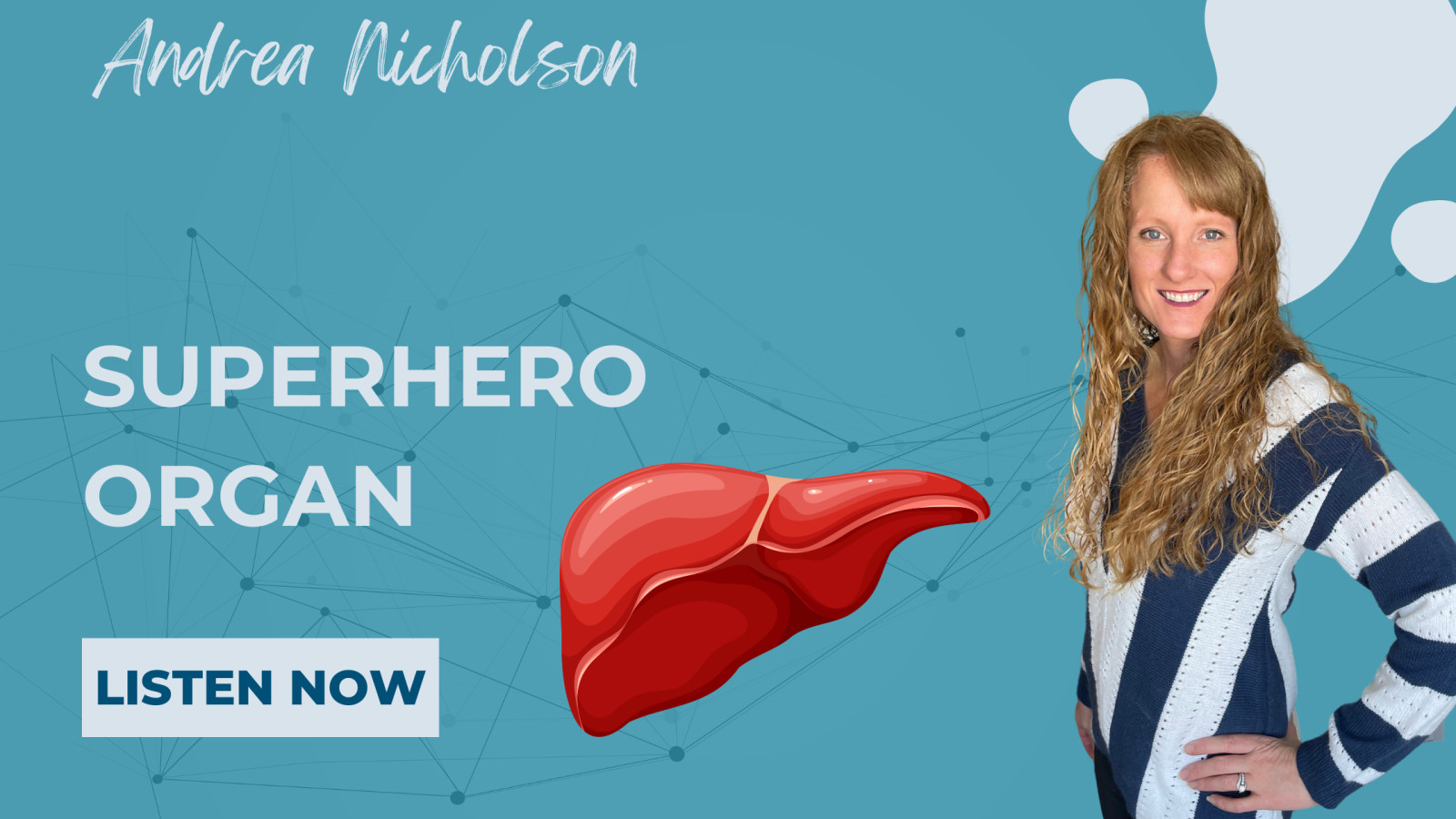



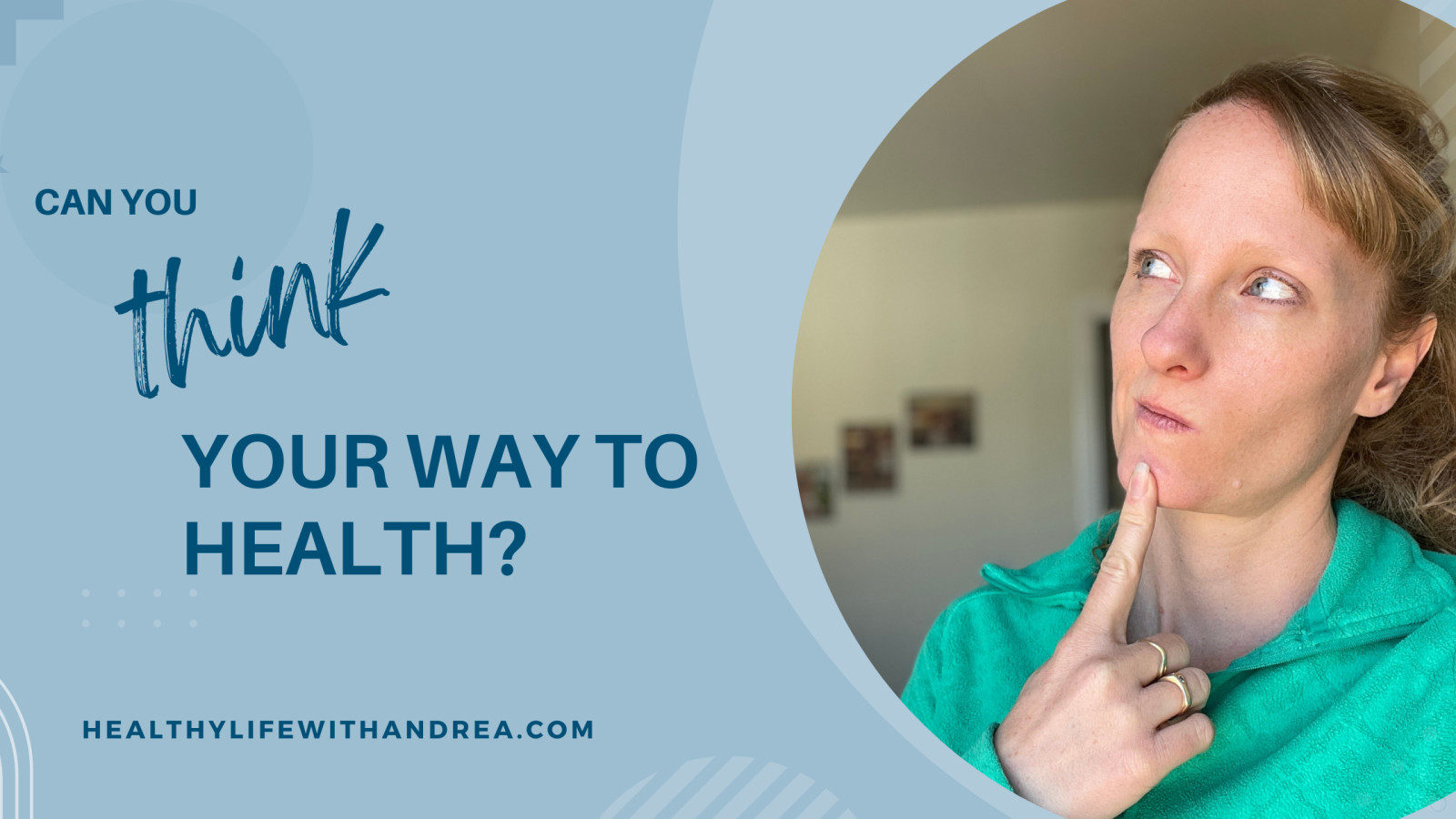
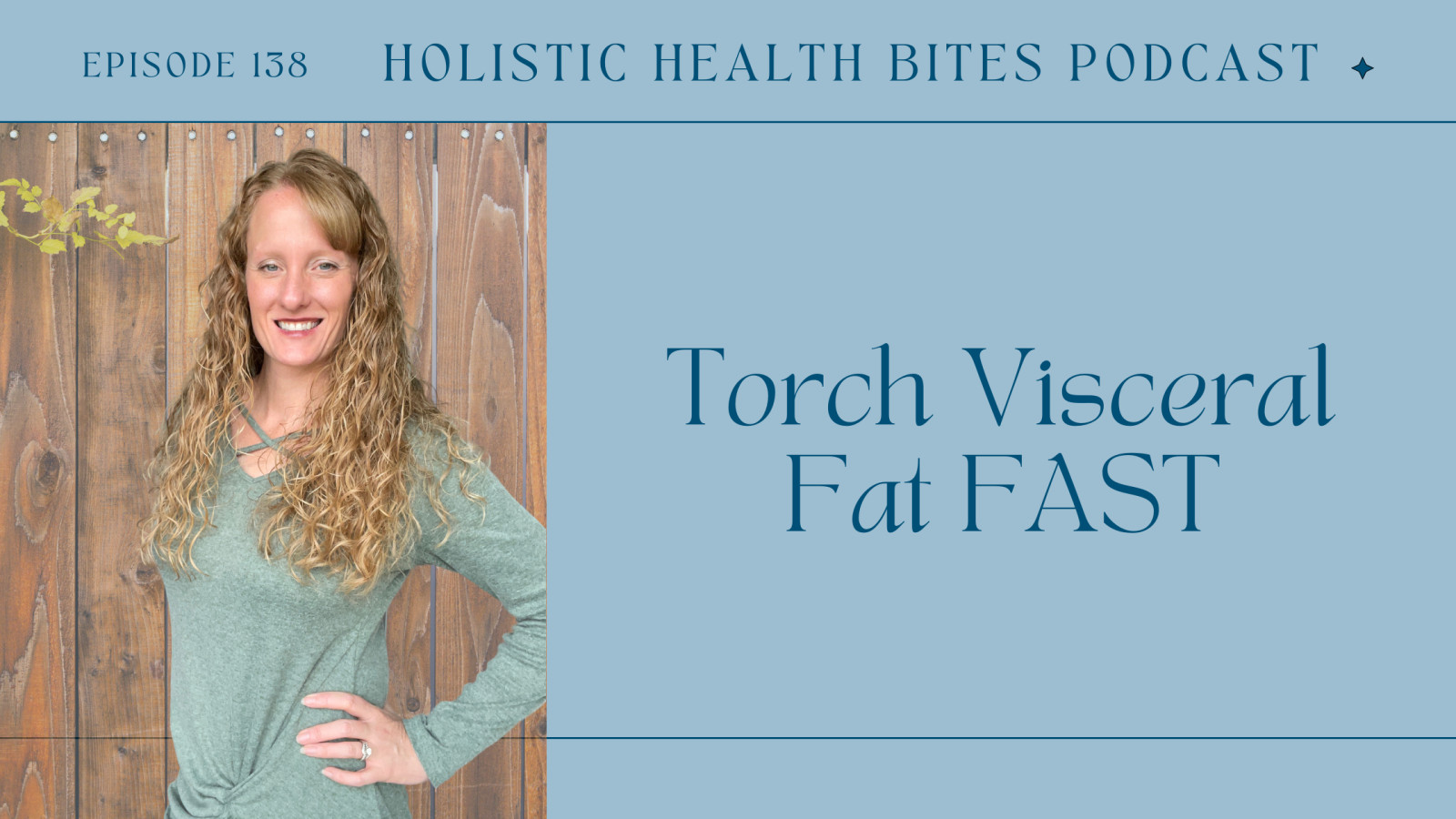
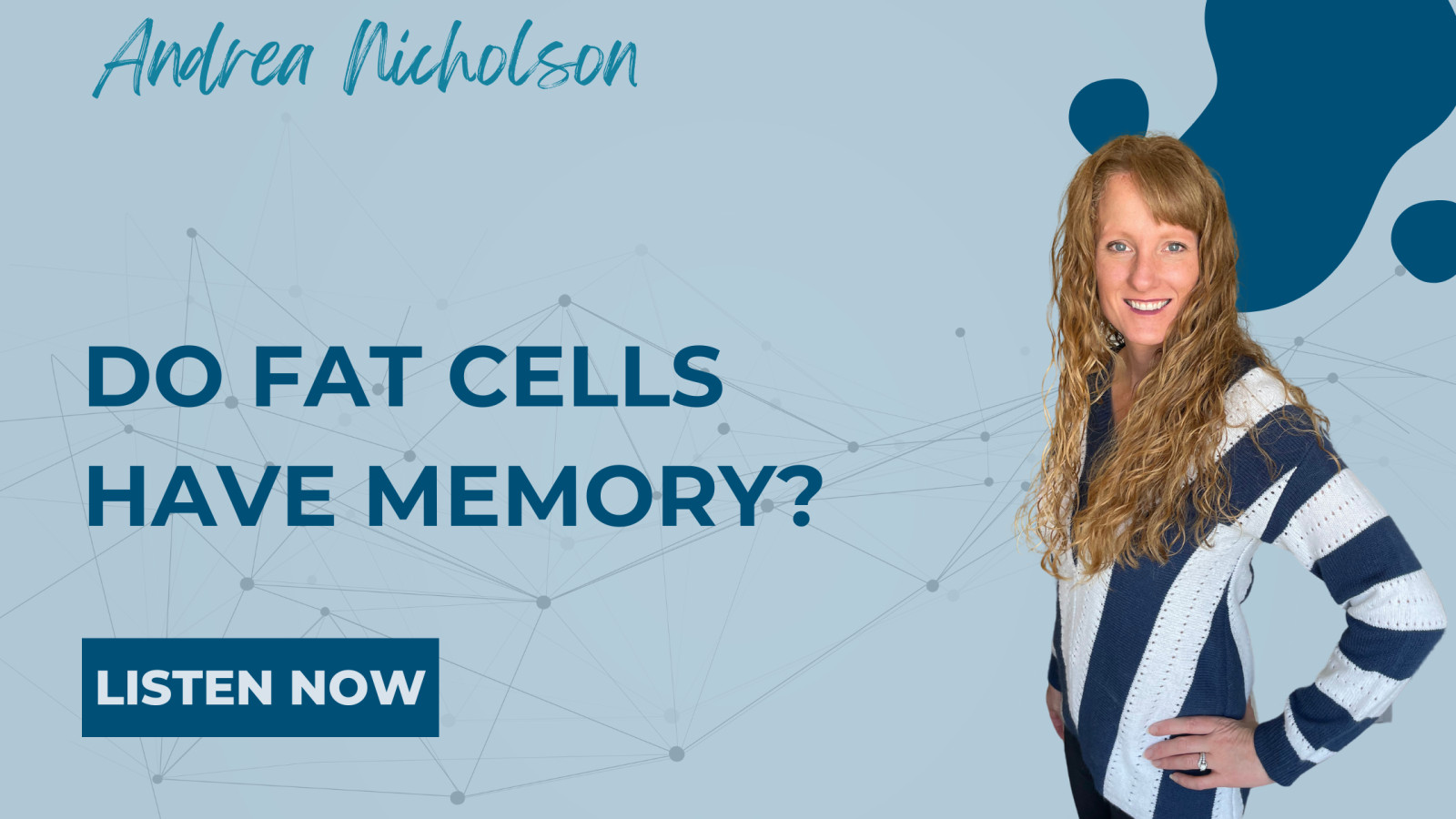








0 Comments